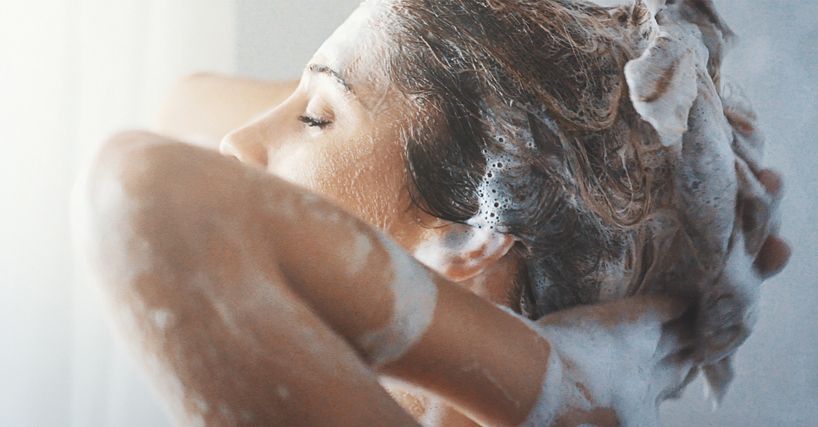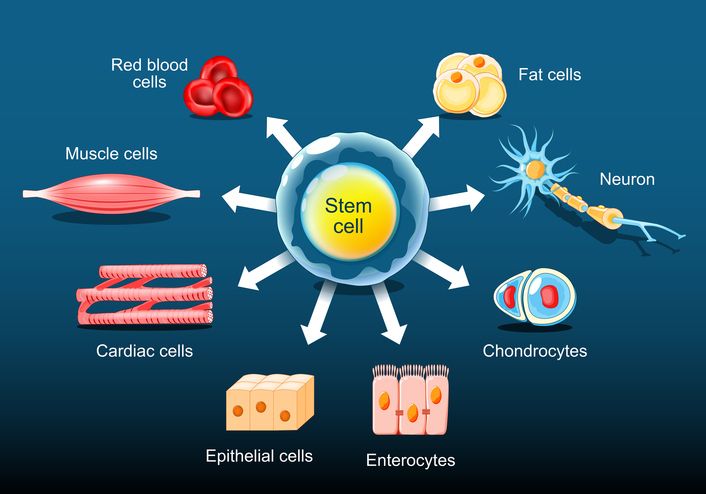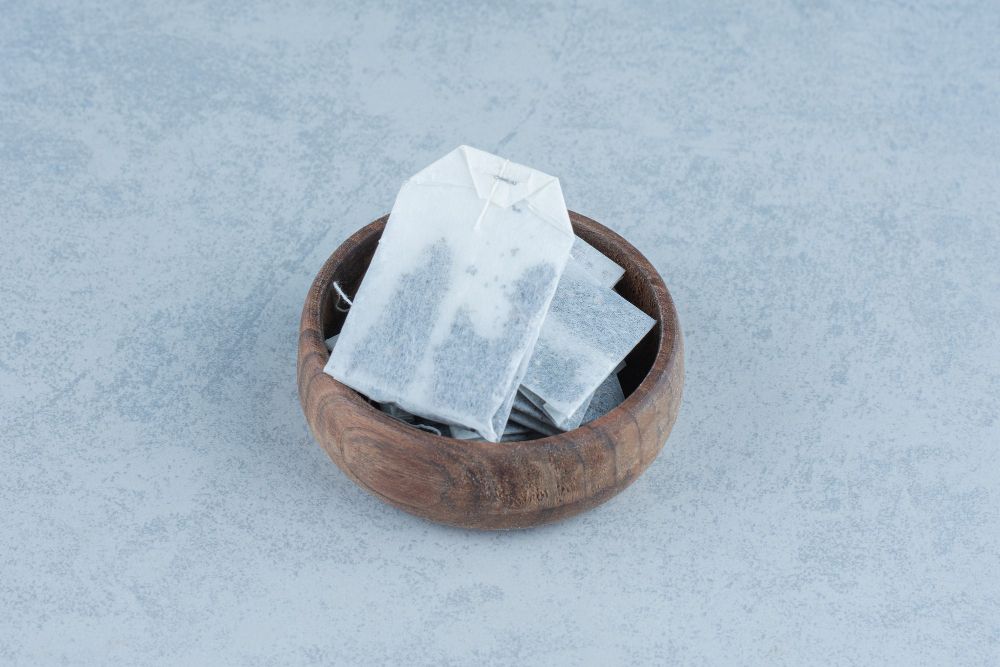
Book Now to Experience
Acne Treatment
1 Minute Self-Registration
Date should not be before minimal date
Author: Natalie Ng|17 April 2025
Dealing with acne scars can be frustrating, especially when they seem impossible to get rid of. If you've struggled with stubborn pimple scars, you know how challenging it can be to achieve clear, smooth skin. While over-the-counter treatments may help with mild acne scars, they often don’t address deeper or more severe scarring. Fortunately, professional dermatological care offers effective solutions that target different types of scars. From laser treatments to chemical peels, these treatments can improve skin texture and reduce the appearance of acne marks. Whether you're dealing with raised scars, ice pick scars, or post-acne dark spots, expert care can help you achieve smoother, clearer skin. Let’s take a look at the best treatment options for getting rid of pimple scars!

1
Different Types of Acne Scars
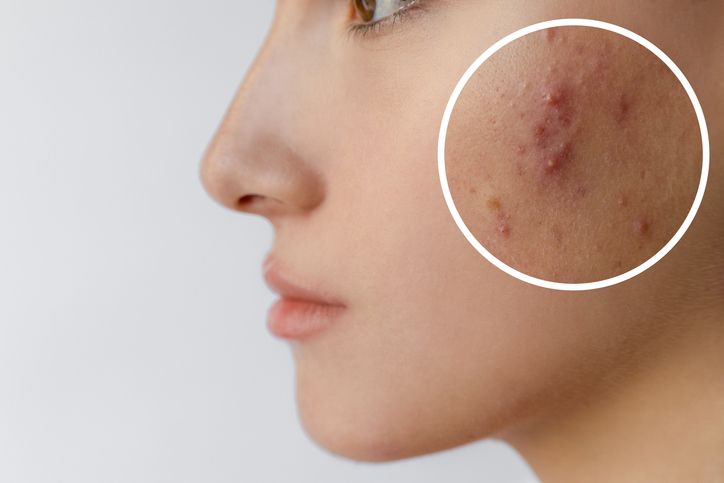
1. Depressed Scars
2. Raised Scars
3. Other Forms of Acne Scarring

2
Surgical Solutions for Deep Scarring
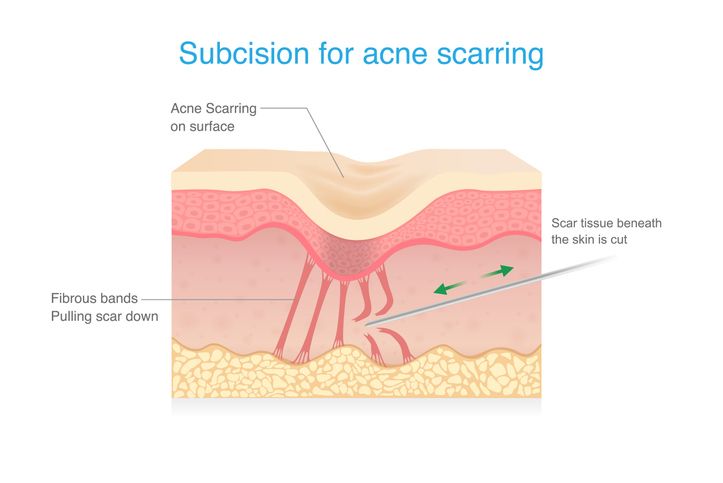
1. Punch Excision
2. Punch Elevation
3. Punch Grafting
4. Subcision
Combining Surgical Treatments

3
Injectable Treatments and Dermal Fillers
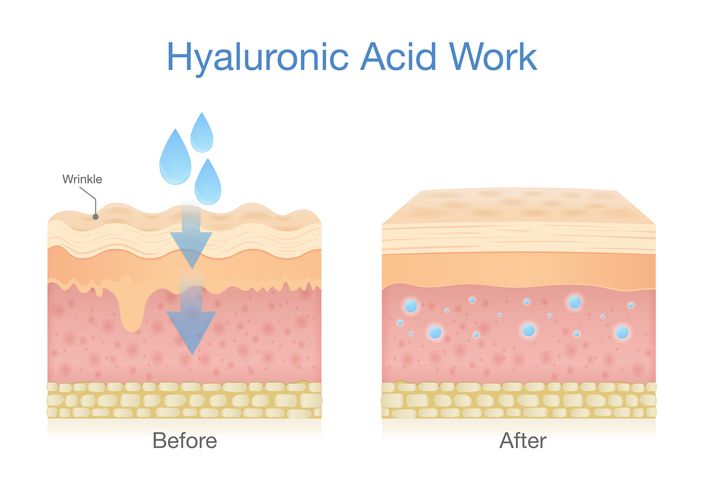
1. Hyaluronic Acid Fillers
2. Collagen-Stimulating Fillers
Combining Fillers with Other Treatments
Multiple Sessions for Optimal Results

4
Treat Your Pimple Scars In A Gentle Way: Natural Remedies and At-Home Care
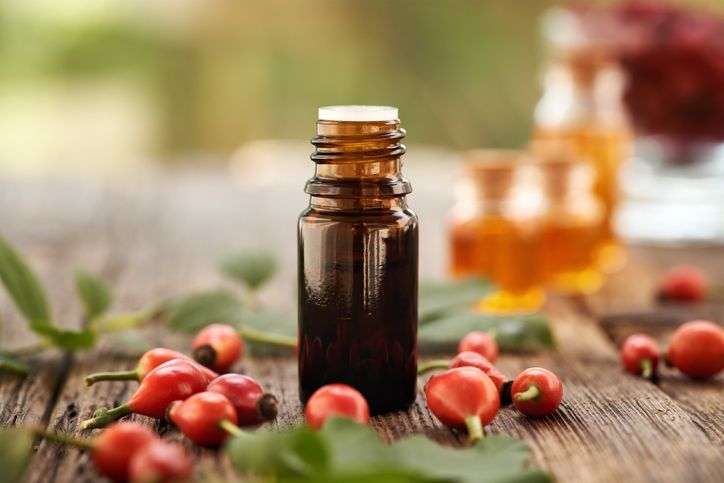
1. Rosehip Seed Oil and Vitamin E Oil
2. Aloe Vera and Honey for Inflammation and Healing
3. Tea Tree Oil for Acne-Causing Bacteria
4. Olive Oil Massage for Healthier Skin
5. Lemon Juice for Oily Skin and Exfoliation
6. Hydration

Book Now to Experience
Acne Treatment
1 Minute Self-Registration
Date should not be before minimal date

5
The Ultimate Solution For Pimple Scars: The Acne Treatment

How the Treatment Works
Advantages of the Acne Treatment
Who Is the Treatment Suitable For?
What to Expect After the Treatment

6
Prevention Strategies for Future Scarring
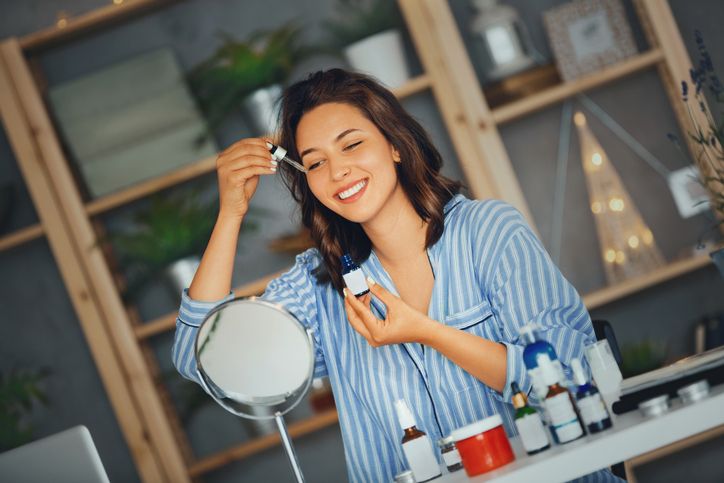
1. Seek For Treatment As Soon As Possible
2. Avoid Picking or Squeezing Pimples
3. Use Sunscreen Daily
4. Seek Professional Treatment
5. Follow a Gentle Skincare Routine
6. Visit Dermatologists Regularly
FAQ
1. What is the best treatment for deep pimple scars?
For deep acne scars, options like laser resurfacing, punch excision, or subcision can effectively treat severe scarring. Consulting with a dermatologist can help determine the best approach for your skin type and the severity of your scars.
2. Can natural remedies really fade acne scars?
While natural remedies like rosehip seed oil, aloe vera, and honey can improve skin texture over time, they may not provide as quick or significant results as professional treatments for deeper scars. However, they can be a gentle and effective part of a skincare routine for mild scarring.
3. How long does it take to see results from acne scar treatments?
The time it takes to see noticeable improvements varies depending on the treatment. For injectable fillers, results can be seen immediately, while laser treatments or chemical peels may take several weeks to show visible changes. Multiple sessions may be required for optimal results.
4. Will acne scar treatments cause any side effects?
While treatments like laser resurfacing and chemical peels are generally safe, they can cause temporary redness, swelling, or irritation. It's important to follow post-treatment care instructions and consult with your dermatologist if any unusual side effects occur.
5. Can I prevent acne scars from forming in the first place?
Preventing acne scars involves treating breakouts early, avoiding picking or squeezing pimples, using sunscreen daily, and following a gentle skincare routine. Early intervention and consistent care can help reduce the risk of scarring.

Book Now to Experience
Acne Treatment
1 Minute Self-Registration
Date should not be before minimal date
Recommended Articles
COPYRIGHT© NEW BEAUTY MANAGEMENT LIMITED 2025. ALL RIGHT RESERVED.

